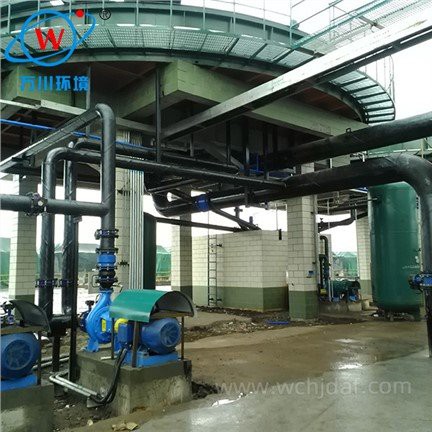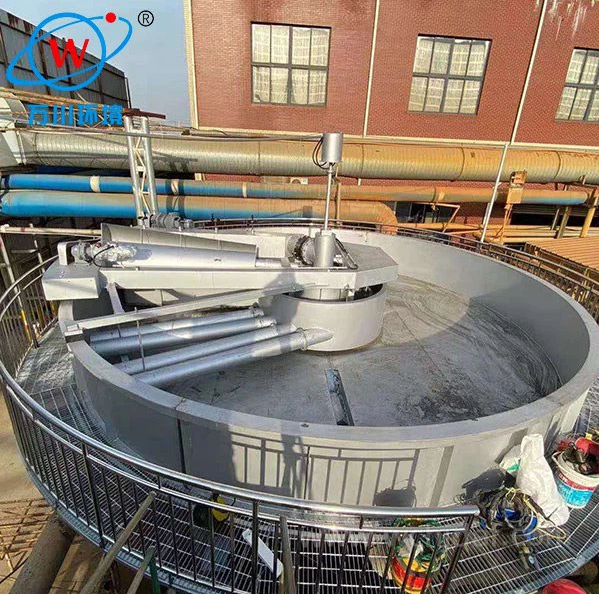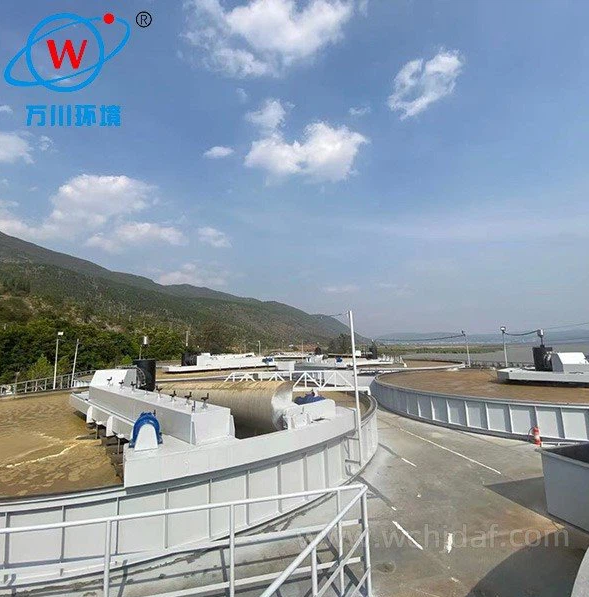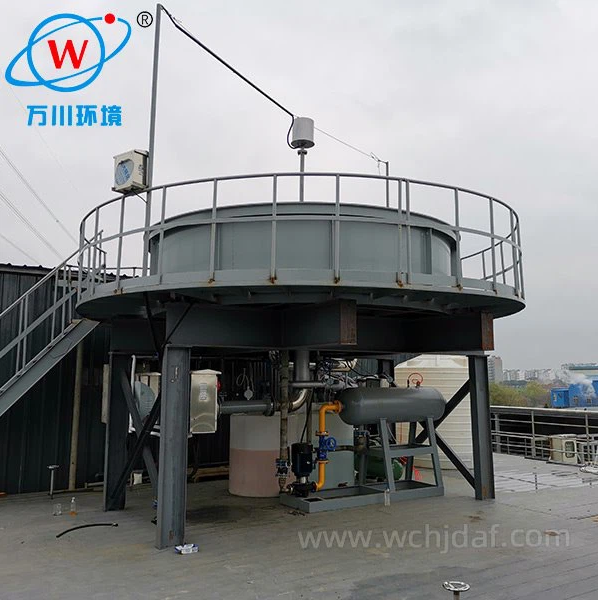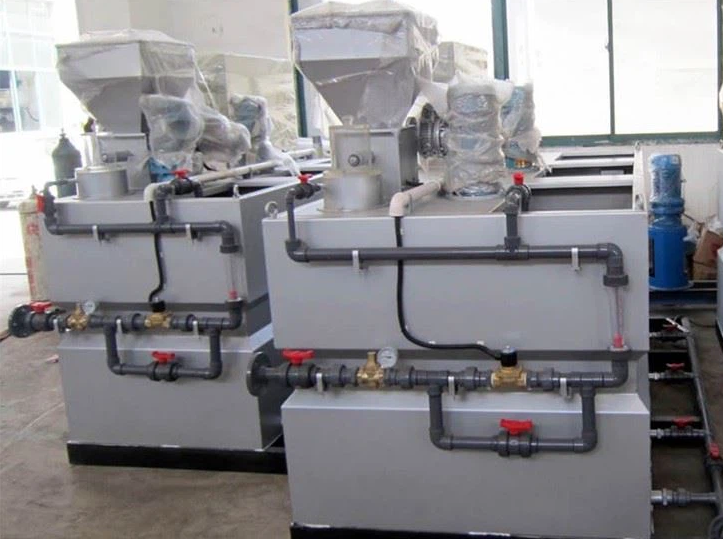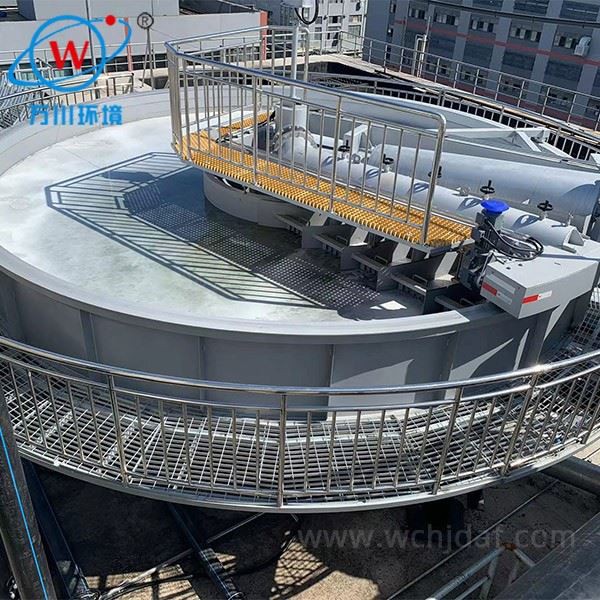Microbubble Characteristics in Air Flotation
The size and distribution of microbubbles are critical factors that directly influence the separation efficiency of air flotation processes
Importance of Microbubble Size
Microbubble size plays a pivotal role in determining the effectiveness of air flotation systems. The dimensions of these bubbles directly affect three key aspects of the separation process:
- Frequency of bubble-particle interactions - Smaller bubbles provide more surface area for contact
- Stability of attachments - Properly sized bubbles maintain secure connections with particles
- Speed of aggregate rising - Bubble size influences how quickly particle-bubble complexes rise to the surface
Advantages of Smaller Bubbles
Smaller microbubbles offer distinct advantages in particle capture efficiency:
- Larger total surface area relative to volume, creating more opportunities for particle adhesion
- Enhanced capture of fine or lightweight particles that might be missed by larger bubbles
- Slower rise velocity through water, extending available time for particle attachment
- Reduced risk of particle detachment due to turbulent water flows
However, excessively small bubbles may lack sufficient buoyancy to lift heavier aggregates, potentially limiting their effectiveness.
Impact of Bubble Distribution
Uniform distribution of microbubbles throughout the water column is equally critical for effective separation:
- Even distribution maximizes probability that every suspended particle will encounter a bubble
- Prevents formation of areas with bubble clusters where particles compete for attachment sites
- Avoids regions with sparse bubble coverage where particles remain untreated
- Maintains consistent flow patterns and prevents dead zones in the flotation tank
- Reduces localized bubble merging which diminishes effective surface area
Size-Distribution Synergy
The interaction between bubble size and distribution creates the optimal conditions for efficient separation:
- Well-sized bubbles with poor distribution will have limited contact with particles
- Uniform distribution cannot compensate for improperly sized bubbles
- Optimal combination ensures efficient capture, stable attachments, and consistent rising
- Proper synergy enhances overall separation efficiency of the flotation process
Both factors must be carefully balanced and optimized for maximum system performance.
Optimization Strategy
To achieve maximum separation efficiency in air flotation processes, engineers must carefully balance both microbubble size and distribution characteristics. Smaller bubbles generally provide superior capture capabilities but must be accompanied by uniform distribution throughout the treatment vessel. Monitoring and adjusting these parameters in real-time can lead to significant improvements in process efficiency and reduced operational costs.
The ideal system generates a high population of uniformly distributed, appropriately sized microbubbles that provide sufficient surface area for particle attachment while maintaining adequate buoyancy to lift aggregates to the surface for removal.

